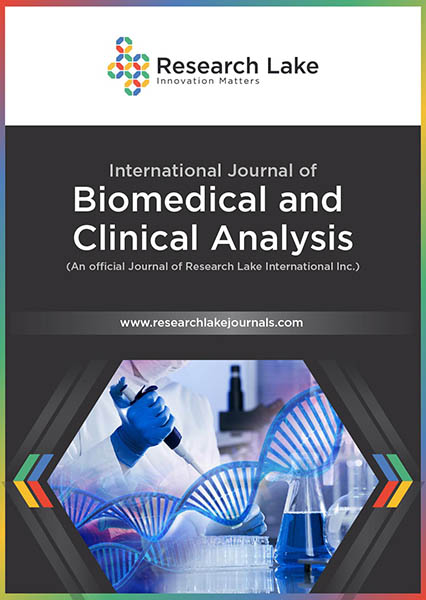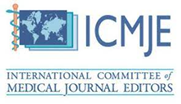Rapid Bispecific Antibodies Based Homogeneous Immunoassay for Detection of Prostate-Specific Antigen (PSA)
Homogeneous immunoassay for PSA
Abstract
Development of rapid and economical method for detection of prostate- specific antigen (PSA) in human blood.
Methods: The usual procedure for the detection of prostate cancer markers in human is prostate-specific antigen (PSA) in blood (normal level ≤ 4 ng/mL) using heterogeneous immunoassay enzyme linked immunosorbent assay (ELISA). However, a rapid homogeneous immunoassay for the detection of PSA in serum, based on bispecific antibodies, is more convenient due to its speed, accuracy and obviating the need of multiple washing steps. The assay using bispecific antibody P57 (against PSA and peroxidase) and monospecific antibody B87 (against PSA) conjugated with glucose oxidase was developed in the presence of excess catalase. Similarly, in solid phase homogeneous immunoassay the monospecific antibody B87 (against PSA) and glucose oxidase were immobilized onto a solid support (plastic) and other reagents, bio-chemicals, and bispecific antibody P57 were taken in homogeneous solution. All variables, viz., glucose oxidase, peroxidase and catalase were optimized at different PSA concentrations.
Results: Homogeneous immunoassay (HIA) showed linearity of PSA detection 1-10 ng/mL whereas, solid phase homogeneous immunoassay (SPHIA) showed in the range of 1-50 ng/mL suggesting SPHIA has a broader operating range, thus much better than HIA. Detection of PSA in a homogeneous solution can be completed in 90 minutes without involving any washing and incubation steps.
Conclusions: Homogeneous assay is a rapid, economical method that eliminates all washing and incubation steps of conventional ELISA.
Copyright (c) 2021 Ashok Kumar, Pravin K. Bhatnagar

This work is licensed under a Creative Commons Attribution-NonCommercial 4.0 International License.
Copyright © by the authors; licensee Research Lake International Inc., Canada. This open-access article is distributed under the terms of the Creative Commons Attribution Non-Commercial License (CC BY-NC) (http://creative-commons.org/licenses/by-nc/4.0/).






















